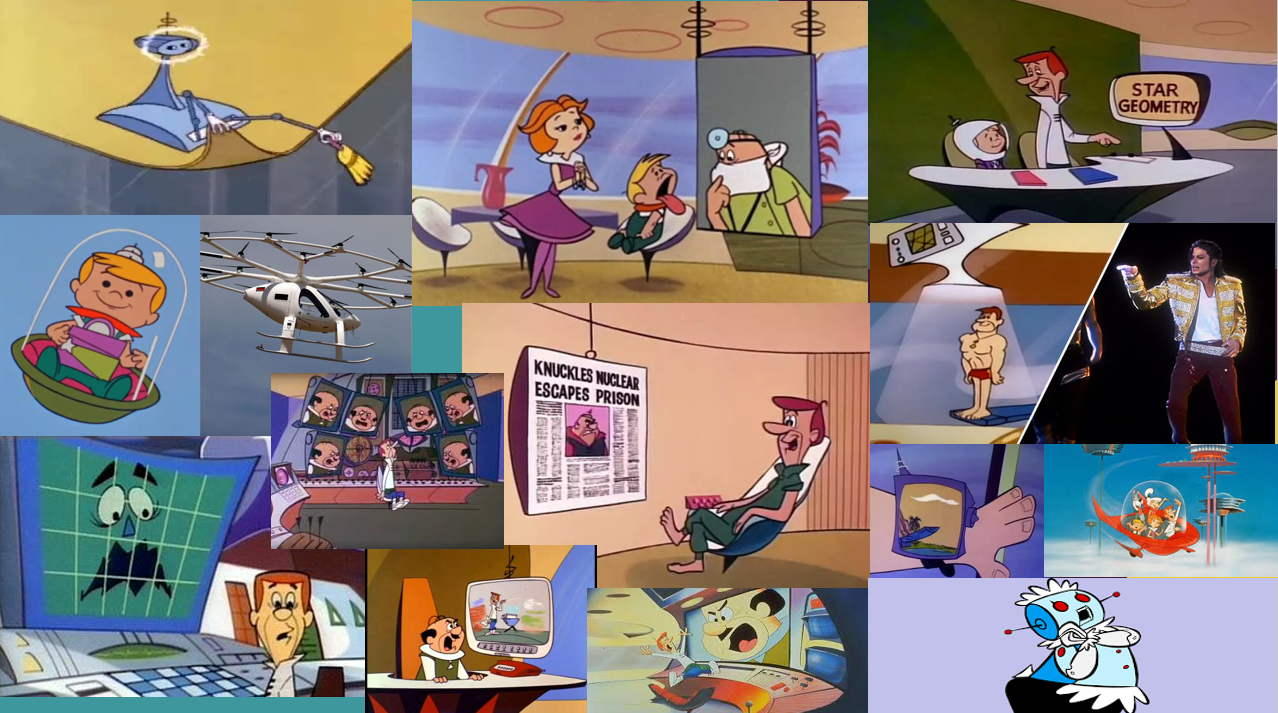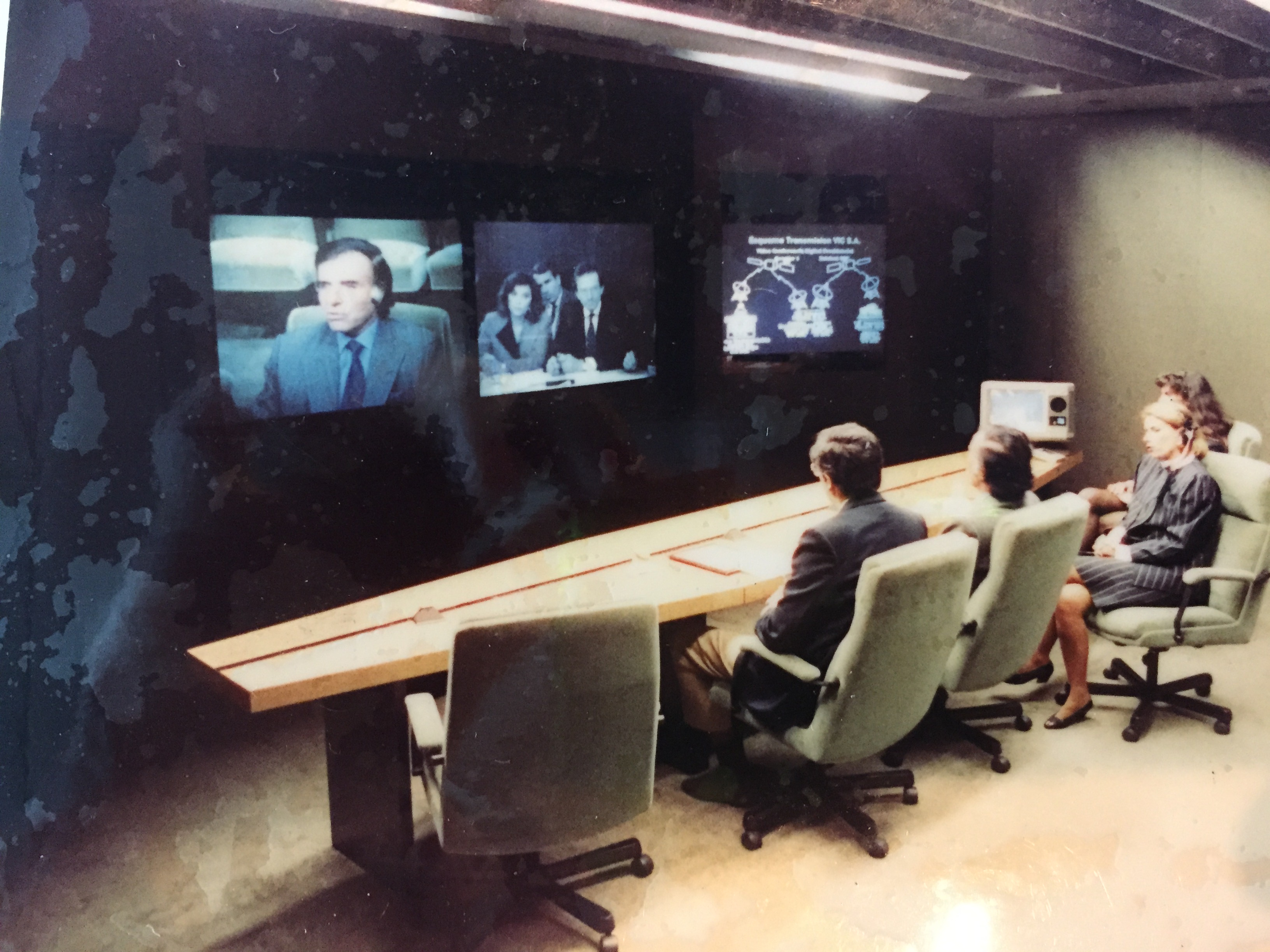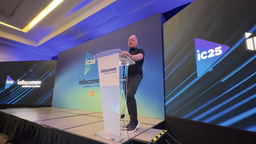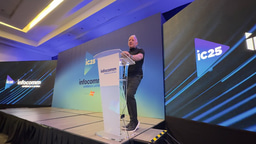"Breaking Mental Barriers, Latin America, and the Inauguration of VideoConferencing"

Sometimes, the biggest opportunities start with a challenge. Back in 1989, when videoconferencing was an unknown concept in Latin America, I had to figure out how to sell something that didn’t even have a name in the market. People would ask me, “Videoconferencing? What’s that?” And I’d reply, “Have you seen The Jetsons? That’s videoconferencing.” 
The biggest obstacle wasn’t just the technology—which was expensive and complex at the time—but also breaking mental barriers. Many believed that connecting people in real-time through screens was impossible. But shifting mindsets was the first step in proving the potential of this tool. “Breaking mental barriers allowed us to create what we envisioned, paving the way to transform how we communicate.”
That same year, we reached a historic milestone: Carlos Menem, Argentina’s president, inaugurated the first video conferencing service in Latin America in 1989. This event proved that the technology wasn’t just a futuristic idea but a real solution with a significant impact on communication and business.
As I built my career in this field, I studied International Relations, and in 1991, my thesis tackled a revolutionary topic: "Latin American integration through satellite communication." Back then, talking about a digitally connected region seemed like a distant dream, but technology was already shaping up as the key to uniting markets, institutions, and societies.
Despite being only 23, I had the incredible opportunity to be invited to Paris in 1992 to participate in a Telecommunications Congress, where I presented the state of video conferencing in Latin America. This recognition validated the collective effort to transform communication in the region.
Very quickly, video conferencing proved its power to revolutionize key industries. Major companies like IBM, Pérez Companc, Merck, and YPF adopted this technology to improve communication and operational efficiency. Academic institutions such as IAE and UTN integrated it to connect professors and students, opening new doors for distance learning. Telemedicine also benefited greatly, allowing doctors to collaborate and provide care in remote areas. In the corporate world, meetings and training sessions became more dynamic and effective, seamlessly integrating teams across different countries.

In 2001, amid Argentina’s economic crisis and the global uncertainty following 9/11, I made a bold decision: I founded NewTech Solutions Multimedia. While the world was facing chaos, I had absolute clarity—videoconferencing was going to become an everyday tool. Betting on this technology during such a challenging time solidified the path for digital transformation in the region.
Every step along the way has been about more than just selling technology—it’s about showing the real value of human connection through innovation. By breaking mental barriers, we’ve been able to create what we envisioned.
Now, more than 36 years later, I remain committed to the idea that technology is a bridge to efficiency and integration. From implementing Microsoft Teams Rooms to developing AI-powered software, our goal remains the same: to help businesses communicate better.
And today, Copilot is unlocking so many possibilities—it’s simply incredible.
@Newtech Group is now in multiple countries, and I’m beyond grateful for the opportunities ahead. We will keep pushing boundaries and shaping the future.
#Technology #Innovation #VideoConferencing #MicrosoftTeams #DigitalTransformation #DistanceLearning #Telemedicine #Copilot






Please sign in or register for FREE
If you are a registered user on AVIXA Xchange, please sign in
Loving the reference imagery here, really makes the growth in our industry pop!